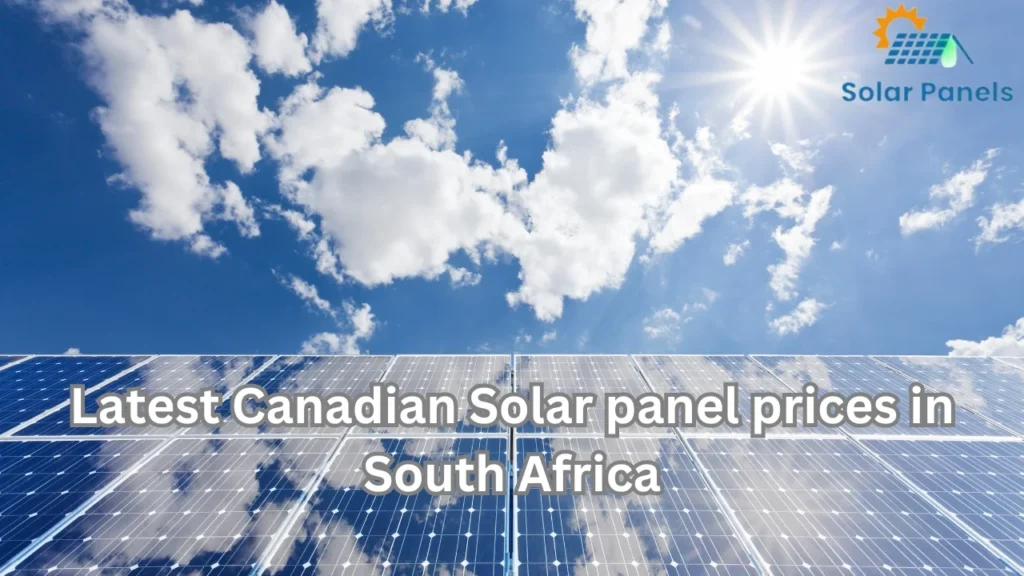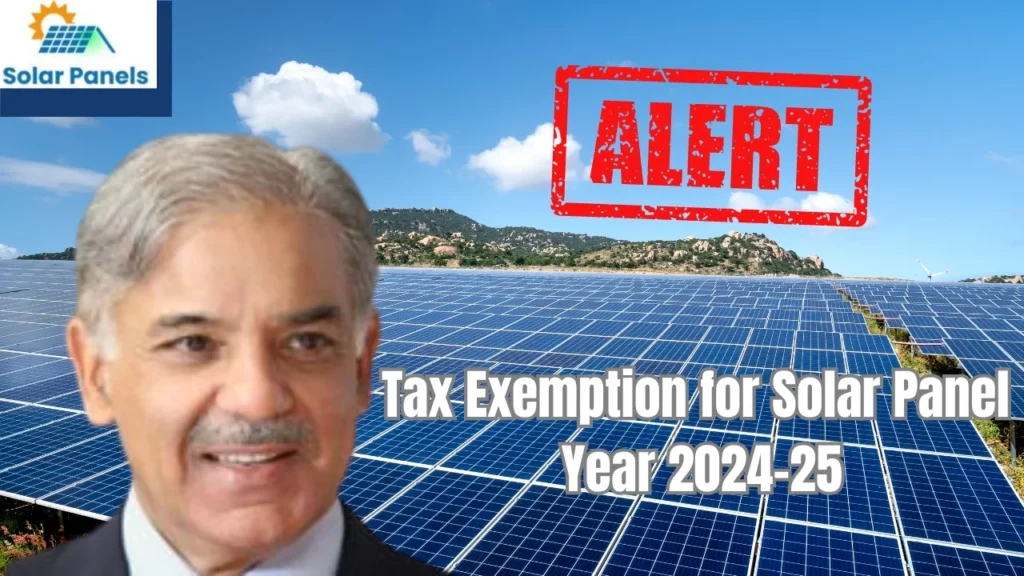Complete Guide About Direction of Solar Panels in South Africa
In South Africa, solar energy is become a practical and popular power source. An increasing number of residential and business buildings are opting to install solar panels because of the sun’s unceasing presence and ability to reduce electricity expenses. Which direction solar panels face in South Africa
Table of Contents
ToggleHowever, solar panels must be placed particularly toward the facing side, to extract maximum power and efficiency. In addition to providing helpful guidance on the optimal orientation for solar panels in the South African environment, this session will draw attention to the crucial problems surrounding panel direction.
Understanding South Africa’s Sun’s Path
It is important to understand the sun’s course in South Africa in order to choose the optimal direction for solar panels. The Sun rises in the east and sets at noon, exactly in the north, where it reaches its highest point. Installing an effective solar system is important since the direction of the solar panels has an important effect on power output and time of day. It must be properly adjusted to the user’s situation and routine use of electricity. By doing this, the system performs better overall and provides a higher return on investment. To put it simply, solar panels facing northward may capture sunshine all day long, with their peak power output usually occurring between:
- 9:00 am and 3:00 pm. On the other hand, panels facing east will produce power mostly in the morning.
- From 7:00 am to 12:00 noon. Meanwhile, the panels on the west side produce electricity from 12:00 PM to 5:00 PM.

Useful Advice for Positioning Solar Panels
To generate maximum electricity from solar panels in South Africa, several practical tips should be considered during the installation process:
1. Optimal Tilt Angle:
In South Africa, a tilt angle of 20 to 35 degrees is advised for solar panels. This angle balances panel access in different seasons while allowing sunlight to be gathered efficiently. The angle can be changed within this range based on the particular location, the water and wind conditions, and other environmental elements.
2. Rooftop Installation:
In South Africa, placing solar panels on a rooftop is one of the most popular installation techniques. It is important to evaluate the roof’s the suitability before installation. The direction of the roof, the amount of space available, and any potential shade from surrounding structures should all be considered. Maximum sunlight will reach a clear, clear surface, which will maximize the amount of energy produced.
3. Weather Considerations:
When installing solar panels, local weather conditions should be taken into consideration. There can be more clouds by the coast than inland. An understanding of the variations in sunshine throughout the year can be obtained by analyzing historical weather information, which can help determine the optimal direction and tilt of solar panels.
South Africa’s Recommended Angle for Solar Panels
The performance of solar panels is also influenced by the angle at which they are mounted. It is usually advised to bend panels in South Africa at an angle of 25 to 35 degrees. By ensuring that the panels receive as much sunshine as possible, this tilt maximizes the amount of energy produced.
It’s crucial to remember that in order to avoid having any major effects on energy output, shade or blockages must be avoided. On a solar panel, even a small quantity of shade can significantly lower its output. Because of this, it’s crucial to take into account any potential shadows cast by nearby buildings, trees, or other structures when choosing the orientation and positioning of solar panels.
Factors Affecting the Orientation of Solar Panels
The optimal orientation of solar panels can be affected by a number of factors, even though the north-facing direction is generally thought to produce the greatest power in South Africa. The efficiency of solar panels can be impacted by a number of local environmental conditions, including wind and water changes and geographic position.
1. Geographical Location:
The solar panel should be more vertical to the sky the closer it is to the line of sight. Because of the higher angle at which the sun’s rays strike the surface, more sunlight can be captured as a result. In contrast, the solar panel needs to be directed toward the east to efficiently collect sunlight if it is near the poles.
2. Climate variations:
The ideal direction and angle of solar panels can be impacted by seasonal variations in various parts of South Africa. It is helpful to keep the panels at least 150 mm away from the roof surface in flood-prone areas. It helps in heat management and keeps the power generation performance of the panel from declining.
3. Environmental Factors:
The efficiency of solar panels can also be impacted by other environmental elements including height and air pollution. Sunlight is more direct and powerful at high elevations because the atmosphere is thinner there. The necessary distance between solar panels might vary depending on location. Depending on the sea level, a different distance may be needed to prevent the shading effect.
Conclusion:
Last but not least, the installation of solar panels has a big influence on South Africa’s energy output depending on their position and angle. Generally speaking, a 20 to 35-degree angle and a northward direction are advised. When selecting the perfect orientation and angle, it is important to take into account several aspects, including but not limited to geographic location, differences in air and water, and environmental conditions.
South African businesses and homeowners can fully utilize solar energy by heeding these tips and consulting with experts. In addition to lowering dependence on fossil fuels, solar energy promotes sustainability and a better future. Solar panels can be placed effectively to maximize energy output with proper planning and consideration, leading to higher cost savings and favorable environmental effects.
FAQ’s:
The best side of the solar panel is often toward south1. With the right devices, energy production can be increased by up to 30%. However, some homeowners could think about moving in another direction (including north) due to variables like roof slope and relationship to the east coast.
For example, it is possible to arrange some solar panels on the west side and some on the north side. The output from this will resemble the panels facing northwest. However, you have no limits to only two sides. You can arrange them in any way, allowing you to reach your ceiling.
Because solar panels are made to absorb light and turn it into electricity, they can typically function in the rain. Even in dark or wet conditions, they continue to generate power, however, their efficiency may be decreased.Which direction solar panels face in South Africa.



